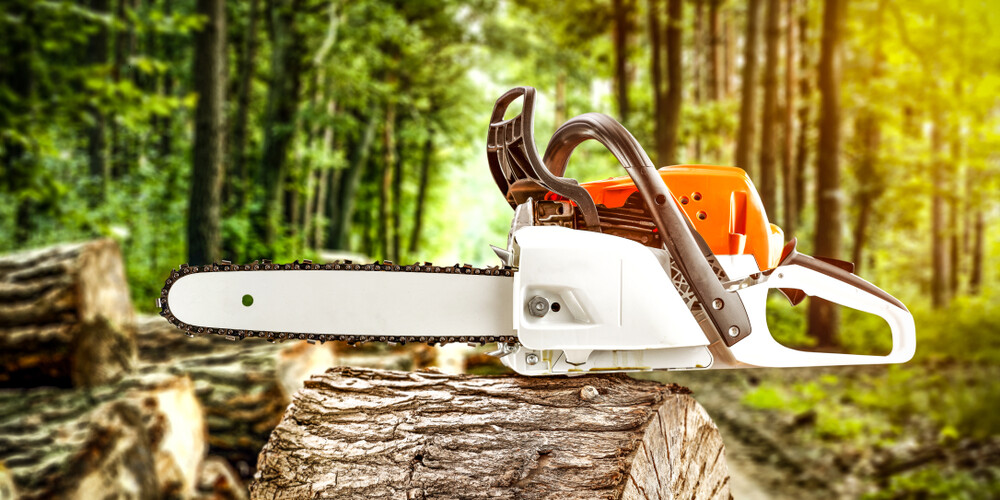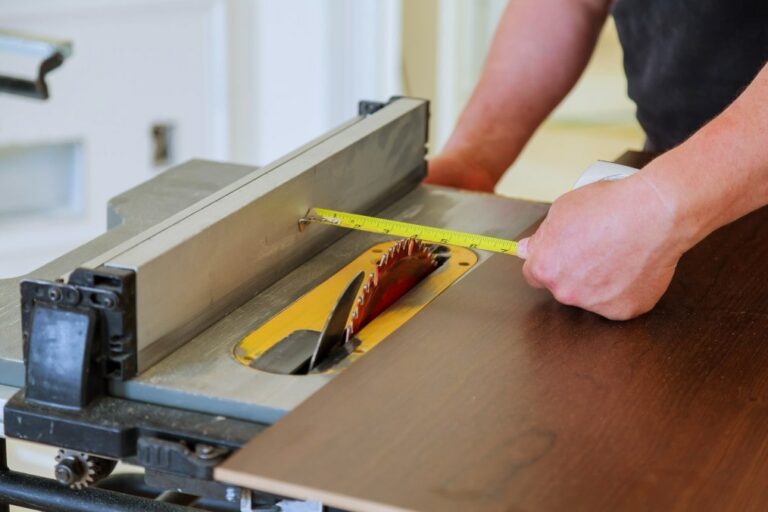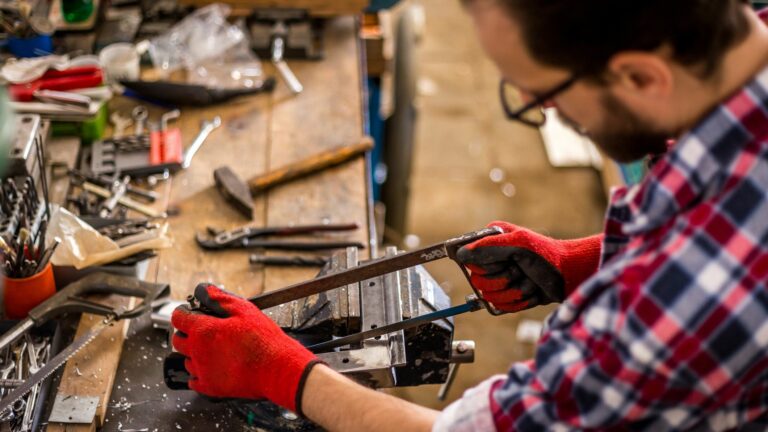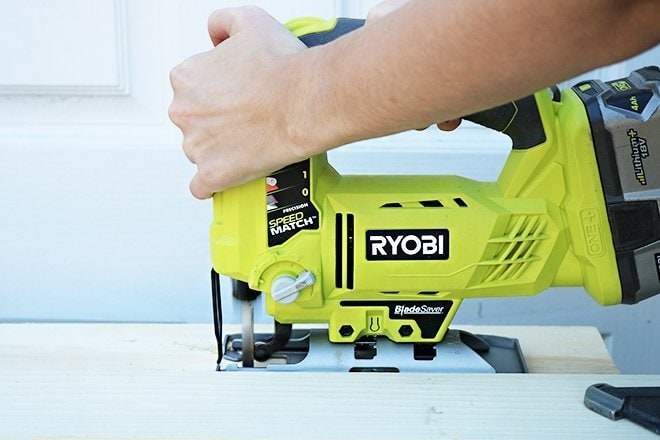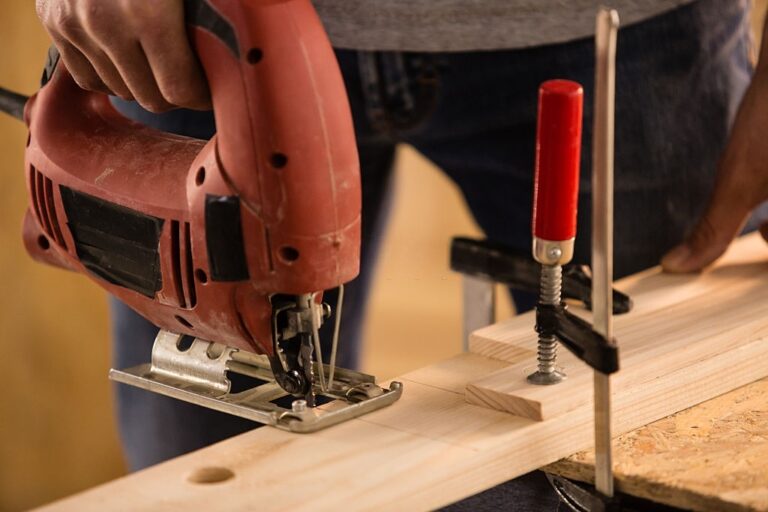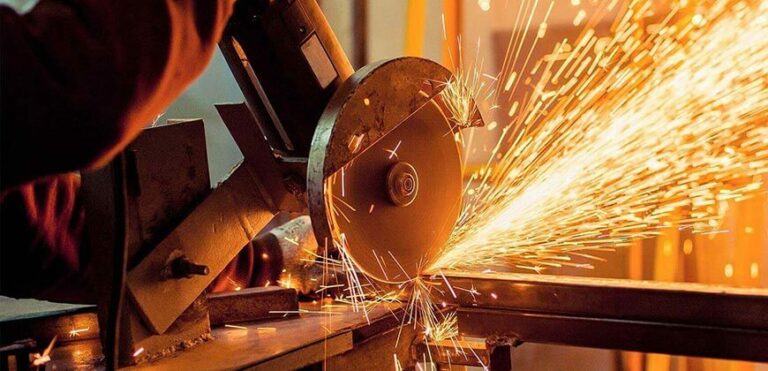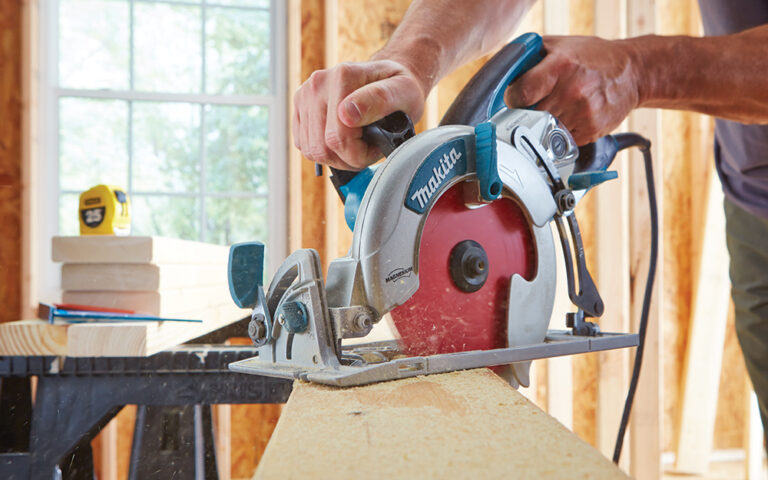A chainsaw is a convenient tool used to cut trees, branches, and lots of other stuff. It is one of the widely used woodworking tools in the market. However, a chainsaw requires regular maintenance like any other machine, to keep functioning like brand new. The chainsaw bar is a significant component of the chainsaw, and we’ve discussed a lot about it in our Chainsaw Bar Reviews.
The chainsaw will deliver the best result only if it is equipped with a proper bar and chain. And you must know the correct measurement of the bar and chain to replace it. Using an inappropriately sized bar will leave your saw to struggle and could even make you stand on a dangerous end.
All the details and specifications of the chainsaw are mentioned in the user manual unless you’ve misplaced it. It can be difficult for some people to find the exact measurements, especially for beginner woodworkers. In this article, we’ll provide steps on how to measure chainsaw bar and chainsaw chain.
Measuring a Chainsaw Bar
Make sure your chainsaw is off. Unplug the spark plug from the socket. To remove the spark plug, you first need to remove the carburetor box on the chainsaw’s rear side. It is a simple process. All you’ve to do is open the bolts that keep the carburetor box in position. After successful removal, you can easily access the spark plug to remove it. It ensures that the tool doesn’t start while measuring the length.
Cutting Length and True Length
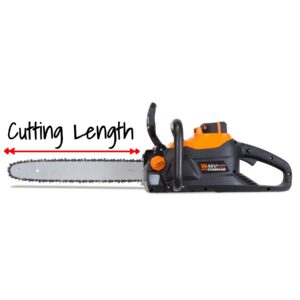
To find the cutting length, put one tip of measuring tape on the chainsaw’s edge and measure it till the bar’s merging point. Most commonly, it would range between 12-20 inches. You may measure it to a fraction number, so consider the closest natural even number. For example, if the length you measure is 14.7″, then you’ll have a 16″ bar. It is recommended to keep the chainsaw straight on a flat surface to get accurate results. You may repeat this process to clear any doubts.
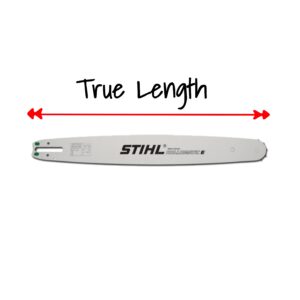
To determine the true length of your bar, use an appropriate wrench or socket to remove the plastic/metal casing at the back of the chainsaw. It brings out the hidden portion of your chainsaw bar. Once the case is out, measure the bar length from tip to tip. It is a straightforward process. You don’t have to round up the numbers here, so we expect you to go error-free. You may repeat this step to get more precise results.
Both the steps are pretty simple, and you can use any of them to determine your chainsaw bar length, which will make the job easier for you to find a suitable replacement bar.
When to Replace Your Chainsaw Bar
- When the bar is bent – To check whether your bar is bent or not, clean the bar by removing dust and debris. Now, lay down the bar on a flat surface and look for any abnormal portion. If you find everything okay, then keep the bar straight to your eye level and observe the structure. If you find bends, you can try to make it straight, but we recommend replacing the bar.
- When the bar’s rails are pinched or cracked – If your chainsaw bar is bent, there’s a high possibility that it’s cracked as well. If the bar is crack-free, then you may try to repair the bent bar. But if you find cracks, you need to replace the bar, as fixing a cracked bar is not worth it.
- When the bar is twisted – While noticing the bends, if you found the bar straight on one but not the other side, then your chainsaw bar is twisted. Though twisted bars can be repaired but eventually, you’ll need to replace the bar for a permanent solution.
Measuring a Chainsaw Chain
The chain is another vital component of your chainsaw. Sometimes, you may encounter a situation where you might have to replace the chain. Measuring the chainsaw chain is not as easy as going in the market and buying a 20-inch chainsaw. You need to be aware of the pitch, gauge measurements, and the number of links. So, it’ll be better if we discuss a little about measuring chains too.
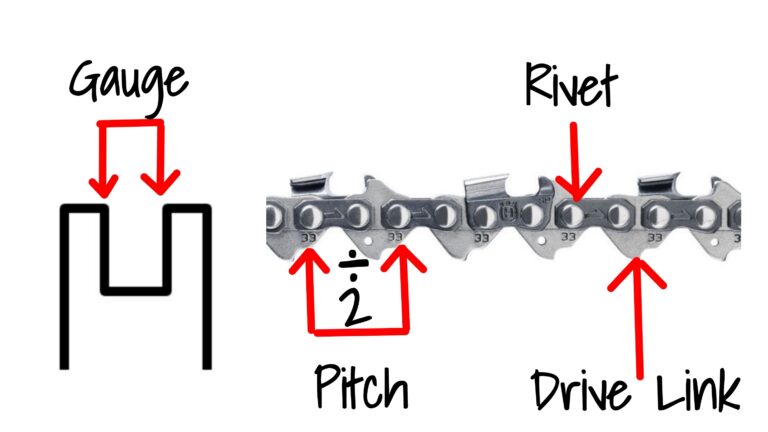
Pitch
Pitch measurement is nothing but the actual distance between the chain’s links. To measure the chain’s pitch, you need to find the distance between the centers of three consecutive rivets and divide this figure by two. Most commonly, the pitches for the chain are 0.325 or 0.404-inch.
Gauge
Chain Gauge is the groove width of the chain that fits on your chainsaw bar. Measuring the chain’s gauge is not a straightforward process, and you require proper calipers to find exact measurements. Generally, a chain’s most common gauge measurements are 0.050 and 0.058-inch, followed by 0.043 and 0.063-inch. To make this process simpler, make use of the following method:
- Look for a penny, dime, and quarter.
- Clean the dirt and debris away from the bar’s groove.
- Put each coin into the groove of the chainsaw bar.
- The coin that fits perfectly without applying any additional force will serve you the gauge measurements.
- For a penny, the gauge will be 0.058-inch, 0.050-inch for a dime, and 0.063-inch for a quarter.
- If no coins find a way, then 0.043-inch may be the measurement.
Links
There is no specific trick to find the number of links. You have to count the number to get the figure manually. Finding this measurement is no rocket science, but you may go on an annoying track. As you may fumble with the readings; so, we recommend you repeat it a couple of times.
Easy Way to Find Chain Measurement
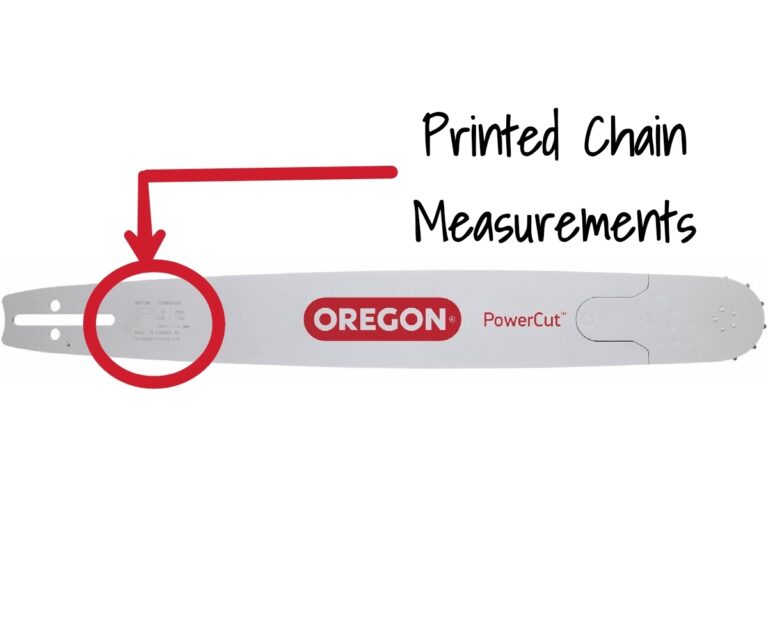
In most cases, the chainsaw bar you’re using will have all the chain measurements printed on the blade. You can locate it at the end of the bar, which is attached to the chainsaw body. It’ll mention everything you need to know when you’re looking to replace your chainsaw chain, like gauge, pitch, and links. All you need to do is find a chain with the exact measurements.
When to Replace your Chainsaw Chain
Chainsaw chains are more prone to damages as compared to chainsaw bars. As a result, chains have a shorter life span. But exactly when to replace your chain? Here’s how to find out:-
- When the chain is getting dull – A chain not delivering accurate cutting results indicates its dullness. It is usually common with older blades, but proper care and sharpening can help if you’ve got a new blade. On the other hand, if you’ve notably used the chain with many sharpenings earlier, then it’s time to get a new chain for your tool. A dull chain will resist your chainsaw to make smooth cuts and will drastically reduce the performance.
- When the chain’s teeth are worn-out – It is very noticeable if the chain is worn-out or not. When the chain hits any hard object, the teeth striking with the surface are prone to damage. With worn out teeth, the chainsaw will make uneven cuts and affect your project badly. If ignored for a longer time, your tool will continuously provide unbalanced results.
Final Words
To get the best out of your chainsaw, you need to take care of it. Maintenance is a must for any powered-tool. Chainsaw bars and chains are the two components that go through a lot, and you may have to replace them at some point. In this article, we’ve discussed a lot about how to measure chainsaw bars and chains.
It would be best if you never try to guess the measurements as it may cost you a lot of wasted time and money. We hope we helped you find the information that you needed. Thanks for stopping by.
- Best Benchtop Bandsaw Reviews of 2022 – Buying Guide - February 11, 2022
- How to Use a Jigsaw Properly – Beginner’s Guide - October 25, 2021
- How to Cut a Square Hole in Wood using DIY Tools - October 9, 2021

